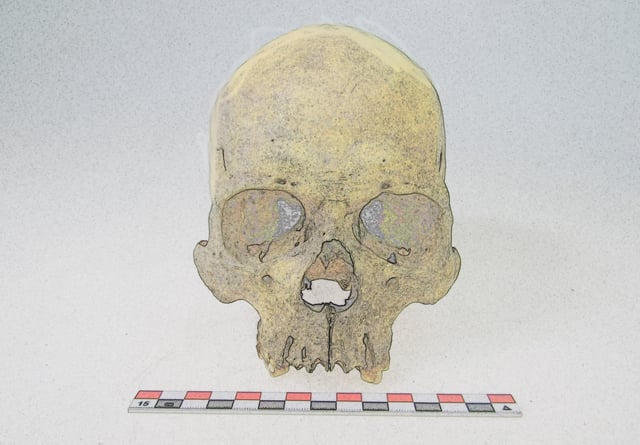Overview
- Researchers reconstructed two 4,000-year-old Mycobacterium lepromatosis genomes from human remains in Chile, as detailed in a Nature Ecology & Evolution paper.
- Genetic analysis confirmed the pathogen was the rarer lepromatosis strain, distinct from Mycobacterium leprae and undetectable through skeletal lesions alone.
- Comparative genomics indicate that M. lepromatosis and M. leprae followed separate evolutionary trajectories well before European contact.
- While current evidence favors an American origin, scientists emphasize the need for additional ancient and modern DNA samples to rule out introduction by early Eurasian settlers.
- Rare modern cases and the recent detection of M. lepromatosis in European squirrels underscore a complex global distribution that ongoing genomic research seeks to clarify.
